Bread From A-Z: Health Benefits, Risks and Bonus Tips to Eat it Right
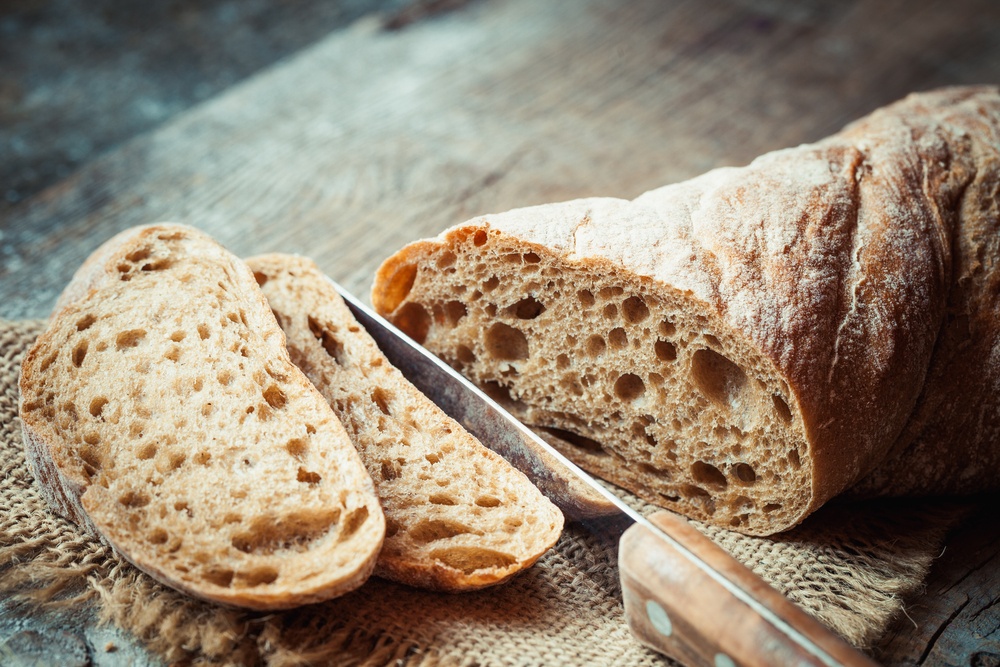
Bread has been one of the most common foods in the world for centuries – however, it’s much less praised today than it used to be in the past.
But why is this happening? After all, bread is affordable, convenient, tasty and gives you that long-needed feeling of satiety. Former generations were quite literally spending hours baking bread at home (well, maybe we do that occasionally too while we’re stuck at home during a pandemic) and now we can have this wonder-food just by ordering it or going to the grocery store.
So should we really fear adding bread to our diets so much, or think that eating it damages our health for good?
In this post, we’ll try to answer this widely controversial question and hopefully help you make the best decision for your health and lifestyle.
Are the carbs in bread good or bad?
Carbohydrates are an essential macronutrient for our body – and, coincidentally, they’re also the prevalent nutrient we find in bread. You can think of this compound as the fuel you need to function on a daily basis.
Almost every food out there contains carbs too: veggies, fruits, beans and non-processed grains are the best carb sources you can get. These options also provide you with extra minerals, vitamins, fiber and antioxidants which are also required for a balanced diet.
Since bread is made of grains, it should be healthy, right?
Well, this is where things get a bit more complicated.
Most breads nowadays are manufactured using highly processed grains, which are a big no-no for our health. Firstly, this ingredient causes immediate blood sugar spikes, and having many blood sugar spikes daily has been associated with an increased risk of developing type 2 diabetes.
Secondly, since grains have been so heavily processed, they have lost their fiber content. When you’re eating foods that should have fiber in them but don’t, the result is awful: it feels good while you’re eating, but you’re going to crave more food very soon because these foods don’t offer any real satiety.
So now manufacturers have a heavily processed bread that’s both unhealthy and potentially not-so-tasty. Nobody would buy that, right?
That’s when science and advertising come in.
The first step is that manufacturers start adding vitamins and minerals artificially to try and make the bread healthier. This isn’t such a bad thing, but there still is one major nutrient brands can’t add to their brand: fiber.
In other words, breads made with heavily processed grains offer little to no nutrients at all while causing you blood sugar spikes that put you at risk for diabetes, heart disease and other serious long-term problems. However, this does not mean you should ditch the idea of eating bread forever – just know how to pick healthier alternatives.
What should you look for? Whole grains.
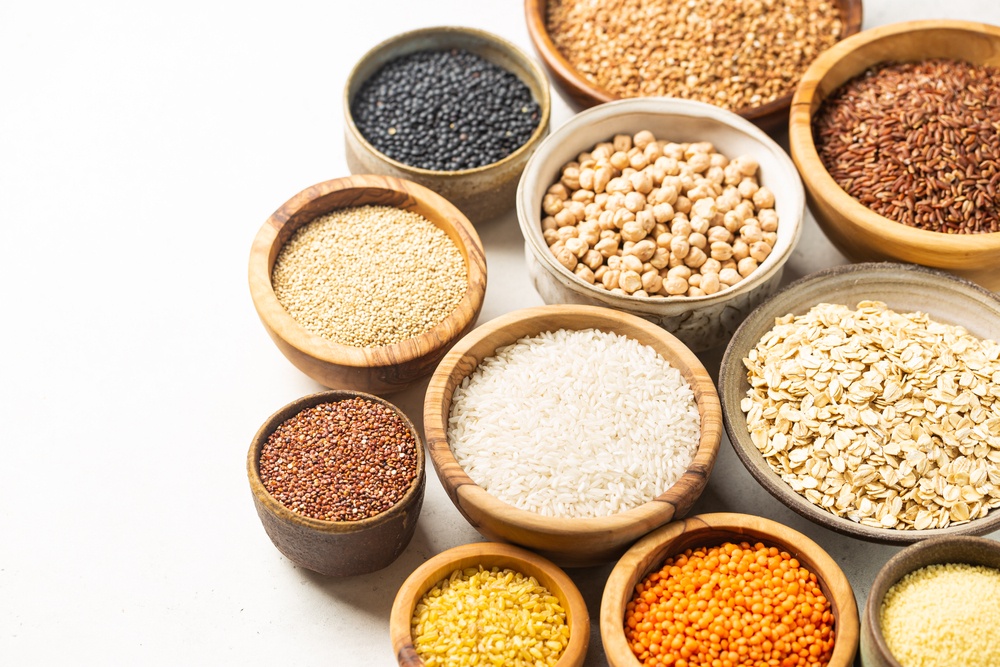
What are whole grains?
According to the Whole Grains Council (and yes, there is one!), this is the definition of whole foods:
“Whole grains or foods made from them contain all the essential parts and naturally-occurring nutrients of the entire grain seed in their original proportions. If the grain has been processed (e.g., cracked, crushed, rolled, extruded, or cooked), the food product should deliver the same rich balance of nutrients that are found in the original grain seed. This definition means that 100% of the original kernel — all of the bran, germ, and endosperm — must be present to qualify as a whole grain.”
The only way for bread to deliver the same amount of nutrients found in unprocessed grain seeds is, well, to use only unprocessed grain seeds. But there are plenty of other health benefits you get from this ingredient too.
The American Heart Association points out that whole grains make an excellent source of B vitamins (including folic acids, which is more rarely encountered and highly beneficial), magnesium, selenium, iron and, of course, fiber.
Experts from the American Heart Association recommend us to eat a minimum of 25 grams of fiber a day (if you’re on the average 2,000-calorie diet). They insist on the importance of at lest 50% of that fiber amount to come from whole grains.
But why is fiber such a big deal after all? Well, the main reasons are that it can reduce the risk of serious illnesses our entire country is struggling with right now:
- Type 2 diabetes
- Obesity
- High blood pressure (more on that right here)
- Heart disease
How can you spot whole grains?
As I was mentioning earlier on, many brands are trying to cover up the lack of nutrients in their bread through clever advertising. If you get to the grocery store and see tens of different bread brands, it can seem nearly impossible to know which ones are truly healthy.
For one, I can tell you that words like ‘7 grains’ or ‘natural ingredients’ don’t mean that much anymore. Here is a more detailed list of words and phrases that don’t necessarily mean ‘healthy:’
- Organic flour
- Wheat germ
- Wheat bread
- 100% wheat
- Multigrain
Yes, they may inspire you trust, but that’s exactly why they’re written there – to trick you into thinking you’re eating the best bread there is.
The only thing you should look for is the ingredient list. The first word on that list should be ‘whole.’ This word signals the fact that the grains used to manufacture the bread respect the requirements issued by the Whole Grains Council as to what a whole grain is. These grains have their bran, germ and endosperm intact, which means you’ll get all those important health benefits from the final product.
If you keep reading this post, though, you’ll come to find out that this is only the first step in order to choose a bread that’s truly healthy.
For now, though, there’s one more thing left to discuss: somewhere between heavily processed grains that lack nutrients and the healthy whole grains seems to be a very controversial ingredient called refined flour.
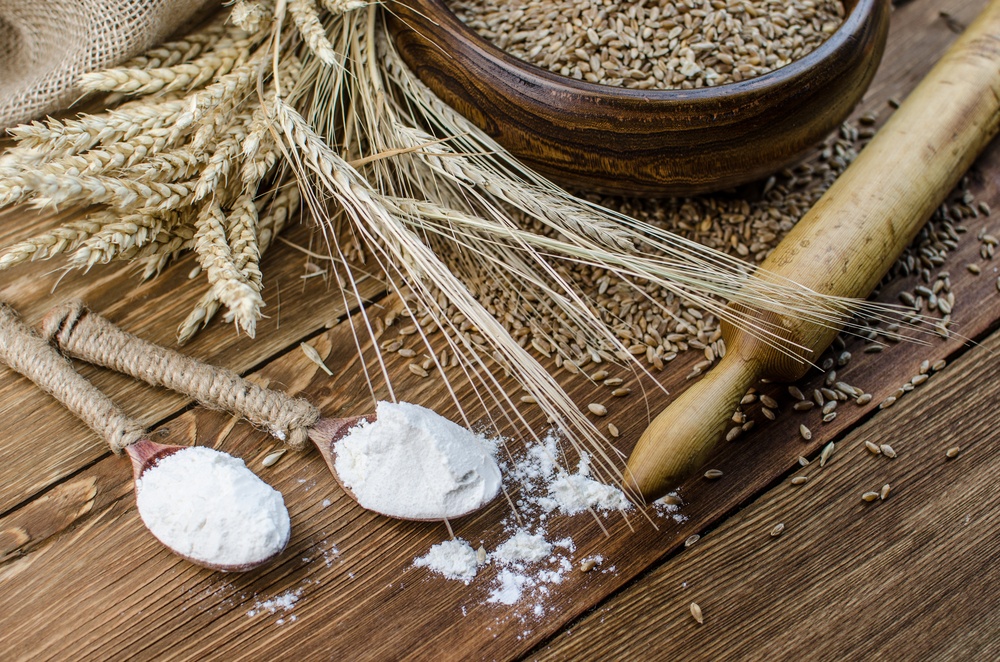
What is refined flour?
I wanted to bring this ingredient to your attention because I’ve noticed how many people actually think it’s a healthy one.
It’s not.
During the manufacturing process, the bran and germ of the grains are removed leaving the endosperm. Now, endosperm is great because it offers carbs that are digested easily and quickly, but it’s hardly enough to still offer the nutrients we need so much daily.
Fiber, minerals and vitamins have all been stripped off the grain. If bread is part of your breakfast, lunch and dinner, consuming the wrong option (one made with refined flour, let’s say) can keep you away from healthy sources of energy and micronutrients that restore your nutritional intake.
As I was mentioning earlier on, many manufacturers have now embarked on a new food trend: fortifying heavily processed flour with some of the nutrients it lacks, such as B vitamins and folic acid. Yes, it’s better than nothing, but it’s still not considered to be healthy.
Captain’s special tip
Even if you do find a bread made with whole grains on the isle, it still doesn’t mean it’s healthy. In fact, these options can also contain more than 20 ingredients – most of which are added salt or sugars, artificial flavors or preservatives.
Preservatives, for example, help products stay fresh and maintain their texture for longer than usual, but they’re far from healthy. If you’re worried about your healthy bread going bad too soon, you can just store it in the refrigerator or even in your freezer; trust me, this is the it trick you need to keep your product fresh for days and even weeks.
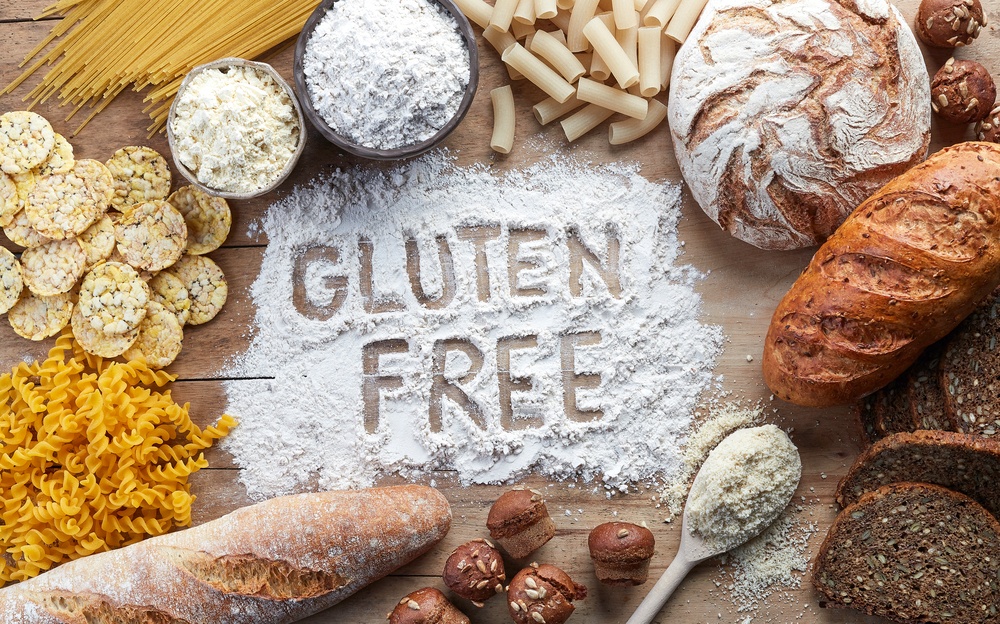
Is gluten good or not?
Unfortunately, more and more people in our country are struggling with allergies or intolerances of all kinds. This is one of the main reasons why gluten-free diets have become so popular recently.
Gluten is a sensitive ingredient you need to watch out for because it can even be life-threatening for people with certain diseases. Those diagnosed with celiac disease, for example, can experience severe autoimmune reactions to gluten which can damage the intestinal tract.
However, if you’re not suffering from a gluten allergy or have any medical interdictions regarding this ingredient, experts actually recommend you to include it to your daily diet.
Recent research revealed that avoiding gluten can make people eliminate certain foods that would actually be very beneficial for their health (whole grains included). Furthermore, this 2017 study has found that, while eating gluten doesn’t increase your risk for heart disease at all, avoiding whole grains just to cut off your gluten intake can affect your health in the long run.
Essential info about wheat allergies
Since allergies are so common in our country, I also wanted to address this common question about breads:
Can I still eat bread if I’m allergic to wheat?
Wheat allergies pose many challenges mainly because some of the most popular products in grocery stores are made with wheat flour (bakery goods, breads, bagels etc.). Luckily, though, you can still enjoy bread by looking for products made with other types of flour such as rye.
If eating bread doesn’t make you feel that good, but you’re not allergic to it either, it can mean that you secretly have a wheat intolerance. The most common symptoms in this case are bloating and abdominal cramps. Even though eating wheat bread is not dangerous, you can reduce the discomfort caused by this intolerance by choosing wheat alternatives.
ATTENTION! If people diagnosed with wheat intolerance are consuming this ingredient, they can experience severe allergic reactions including anaphylactic shock. If you find yourself in this situation and start experiencing swelling in different areas of the body, difficulty breathing or rashes, call 911 and seek medical assistance immediately. This is a life-threatening condition that needs to be treated as soon as possible to avoid complications; that’s why double-checking the ingredient list of each product you eat is always so important.
RELATED: Are You Secretly Lactose Intolerant? Here’s How You Can Tell
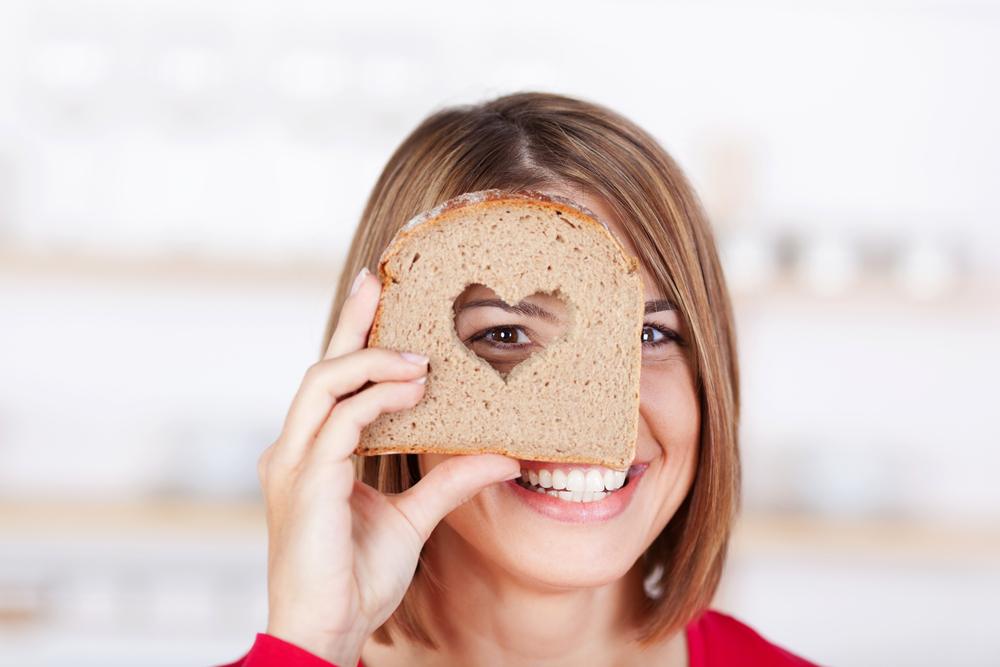
How can bread impact your weight loss process?
Perhaps the most prevalent reason why so many people choose to avoid bread is the fear that it makes us gain weight.
Unfortunately, if you choose an unhealthy type of bread, your physical health will be negatively influenced – and weight gain is included.
However, eating healthy breads in moderation (which means creating the right balance between bread and other major food groups daily), you can get a healthy dose of energy without worrying about extra pounds.
While I believe that bread will continue to remain one of the most controversial foods on the market, staying informed can help us choose the right option for your needs and lifestyle. Of course, you can also enjoy unhealthier options every now and then as long as you stay within normal limits regarding quantity and frequency of eating.
Looking for more useful ways to stay healthy without sacrificing your taste buds? Check out our posts below:
- 7 Banned Foods Our Country Should STOP Eating Now
- The Golden Spice: 8 Reasons Why You Should Eat More Turmeric
- Eggs Are Delicious! Here Are 8 Other Reasons to Eat Them Often
